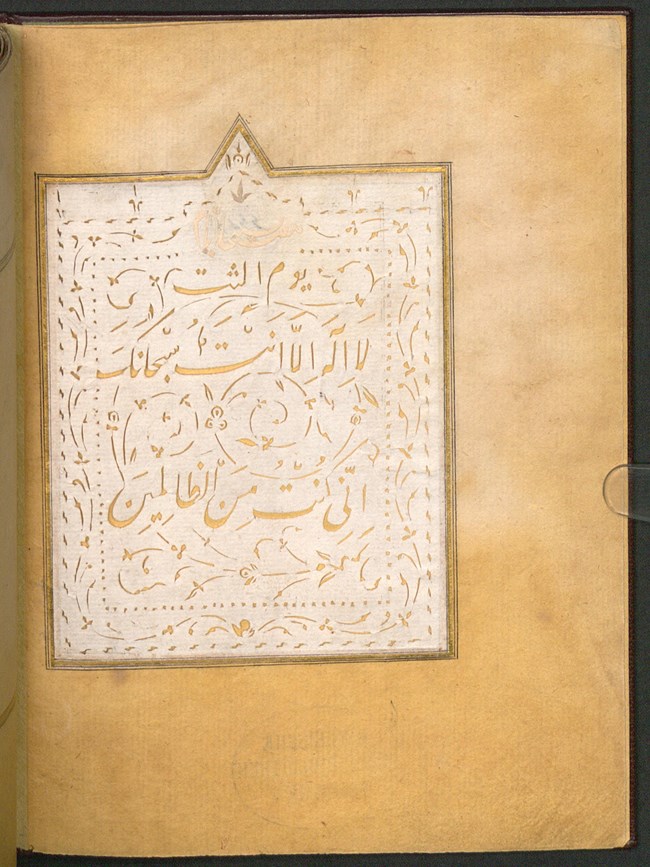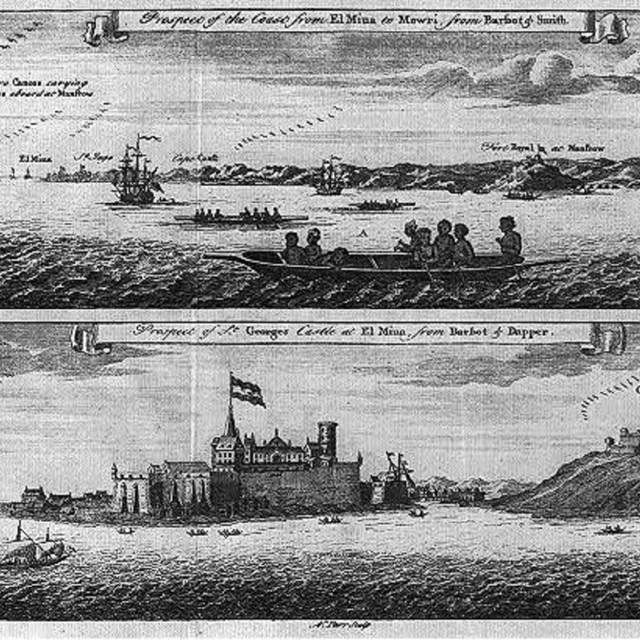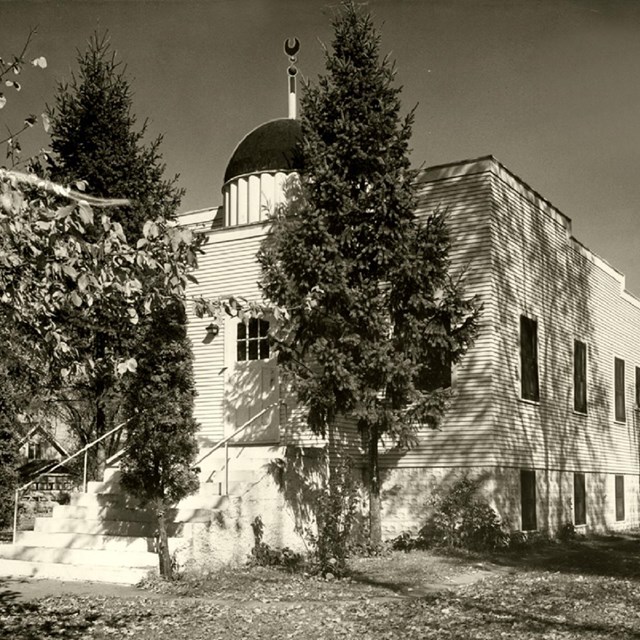
Library of Congress There was a small but flourishing Muslim population in London during Roger Williams’s childhood. So, it's likely that he met many during his early years. But Williams certainly would have become familiar with Muslims in other ways – through popular culture, literature, studies, and directly from his personal copy of the Holy Qu'ran. How would he have understood this religion and how did his understanding have influenced his philosophy? These web pages will explore this complex topic using his words, the likelihood of his surroundings, and the effect his life has had on religious freedom in America today. Roger’s London 1603. Roger Williams was born in one of the most cosmopolitan cities of the world. London was bustling and flourishing during Williams’s childhood and early adulthood. Between 1600-1650, the population of the city exploded, due in part to the beginnings of a modern economy. London was becoming a more diverse city too. Foreigners were arriving and settling. Most were French and Dutch, with other Western and Eastern European groups included. London was also home to a small population of Muslims. The first Muslims who arrived in Britain were mostly Turks and North Africans who had been freed from enslavement on Spanish ships due to the dominance of Ottoman trade. Queen Elizabeth I hoped to build improved trading relations with the Ottomans while also frustrating England’s bitter rival, Spain. Most of this initial population chose to return home, but a small few chose to settle in England. By 1627, there were at least forty Muslims living in London, and by the mid seventeenth century, the Turkish institution of the coffee-house had gained popularity in the city. There was likely a transient population of Muslims in London as well, arriving and leaving with international trading ships to sell and buy goods. Roger was living during a time where the Muslim population in London was small but growing. It is entirely possible that he knew and interacted with Muslims during these years. Who were Muslims he would have encountered? Muslims were present throughout English popular culture, though their portrayals were often less than flattering. An early example of this can be found in Geoffrey Chaucer’s Canterbury Tales. In the prologue, the character of the Physician introduces himself as an educated man and references many Islamic scholars. However, Muslim characters were frequently in English literature to demonstrate violence and oppression. For example, “The Man of Law’s Tale” describes an act of religious violence done by a Muslim character. This woman murders her own son and his wedding party in retaliation for him converting to Christianity to marry a Christian woman, Constance. Muslim characters also may have made appearances in the plays of William Shakespeare. Shakespeare refers to “Moors”, a word that was used to refer to many different groups, including peoples from northwest Africa, Africans from all areas, and was sometimes also used simply to mean Muslims. Aaron the Moor is a character in Shakespeare’s Titus Andronicus, who commits acts of violence and only wishes that he had time to commit more before being sentenced to punishment at the end of the play. This negative depiction is contrasted with the far more sympathetic portrayal of the titular character of Shakespeare’s tragedy The Tragedy of Othello, the Moor of Venice, who falls victim to a plot to destroy his life, created by a trusted lieutenant Iago, that ultimately ends with Othello killing his wife and then himself. The interactions in this play demonstrate a fascination of people with different religions. The audience of Othello would have been made up largely of Anglicans and other Protestants, yet the play is sets up a conflict between Muslims and Catholics. Roger Williams would have almost certainly been familiar with both The Canterbury Tales and the works of William Shakespeare and would have been exposed to both positive and negative depictions of Muslims. Despite the large amounts of negative depictions of the Islamic faith and its followers in English and American intellectual and popular circles at the time, Roger Williams chose a different path – to imagine a society where members of all faiths, including Muslims, could practice their religion freely and in peace.
|
Last updated: March 14, 2024



